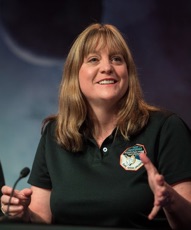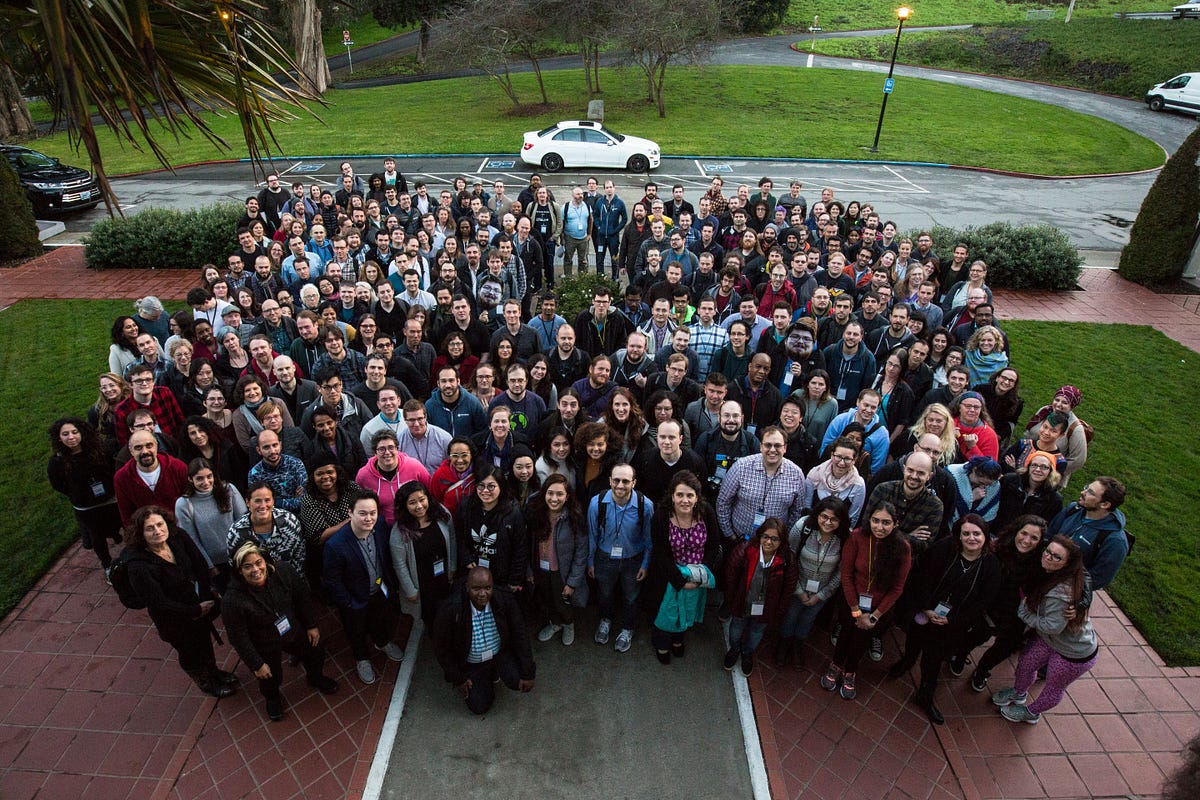The Mission That is Changing the World: The Lucy Mission
The goal of the Lucy Mission is to observe and research the Trojan Asteroids to discover how the universe has evolved.
December 13, 2021
On Oct. 16, 2021, at 5 a.m. thousands of people had one thing in common: they gathered at Cape Canaveral to watch NASA’s Lucy Mission launch into space. If Lucy is successful, scientists will be able to learn about the formation and evolution of our solar system.
Lucy, which is estimated to last for 12 years, lifted off at approximately 5:34 am ET.
“The Lucy mission was proposed in 2014. This was the first step in the selection process. After the initial proposal, about 5 proposals were funded to refine their mission concept and Lucy was one of those,” Cathy Olkin, Ph.D., Lucy Deputy Principal Investigator said. “Each of the teams submitted an improved proposal called a Concept Study Report. Then two missions were selected for flight in 2017—Lucy and Psyche.”

Olkin has been working on the mission since 2009. In 2017, Lucy and another mission, Psyche were selected for flight. Seven years and $981 million later the mission is a go.
“The mission was proposed because Trojan asteroids are a very interesting population of asteroids that has never been studied close up, by a spacecraft mission. There is only so much we can learn from telescopes on the Earth and in Earth orbit. To increase our resolution and see surface details we need to send a spacecraft,” Olkin explained. “These Trojan asteroids are left over from the era of planet formation. [Their] nearest neighbors may have gone into building the outer planets. By studying the Trojan asteroids, we will learn about the formation and evolution of our solar system.” If this mission is successful, it would change the way that many people think about life.
In addition to the Lucy Mission, there is currently another discovery mission launched by NASA in outer space named OSIRIS-REx. This was the first spacecraft to successfully land on an asteroid over 200,000 million miles away. It landed on the surface of the asteroid Bennu and it is currently on track to return to earth in 2023.
Over the next 12 years, Lucy will travel approximately four billion miles. According to NASA, the targets along with the rest of the Trojan asteroids were named for women from Greek and Roman mythology unless their orbit was particularly strange. Patroclus is the only asteroid with a strange orbit that will be observed by Lucy. Patroclus is not named for a woman from Greek or Roman mythology as a result of its strange orbit. Patroclus is named after a member from the Iliad. Lucy will only be flying by seven of the Trojan Asteroids although there are many more.
NASA confirmed reports and suspicions that one of the spacecraft’s solar arrays did not fully open. “One of our solar arrays (there are two) did not fully open. We are carefully assessing the problem and you can learn more at blogs.nasa.gov/lucy,” Olkin said.
The spacecraft will be flying by asteroids Eurybates, Queta, Polymele, Leucus, Orus, Patroclus, and Menoetius. Scientists worked very hard in order to avoid Lucy colliding with Earth, Mars or Jupiter’s moon Europa, it was by doing so that the team realized that Lucy would be able to fly by Patroclus and Menoetius. Eurybates was selected because it differs from the other trojan asteroids selected in two ways, Eurybates is the largest remnant of a rare and massive collision and it has a neutral-colored C-type spectrum. Lucy will only be flying past the asteroids, the spacecraft will not land on them in order to not cause harm to the mission. Lucy will serve as a scout for future exploration missions, it will gather visual, compositional, and physical information using robotic cameras, spectrographs and doppler tracking which will be used to measure the mass.
The instruments will be provided by the Goddard and the Physics Laboratory in Laurel, Md. Arizona State University also contributed some instruments. Discovery-class missions are overseen by the planetary missions program office at NASA’s Marshall Space Center in Huntsville, Ala., for NASA’s planetary science division.
The COVID-19 pandemic also had an impact on the launch. Due to COVID-19 protocols, the Lucy team was required to wait eight weeks prior to the launch, as NASA wanted to avoid a COVID outbreak that would have postponed the launch. During the eight weeks they spent at the space center they prepared for the launch, helped to prepare the spacecraft for the launch, engineers tested the spacecraft’s mechanical, electrical, and thermal systems and practiced executing the launch sequence.
The Lucy Mission was named after the fossilized humanoid skeleton found in Haden, Ethiopia. The fossil was found in 1974 and was estimated to be about 3.2 million years old. Scientists believe that this fossil is the key to learning more about human evolution, similar to how they believe the Lucy Mission is the key to discovering how the solar system and the universe came to be.
According to NASA, it takes a team to propose, work on and create a spacecraft mission. The team consists of scientists, engineers, managers, and many other professions. After preparing for the proposal they get the mission submitted for review. The panel is a group of people who advise NASA of the pros and cons of the missions being proposed. The ultimate decision remains with the NASA Administrator for the science mission directorate based on input from experts.





















